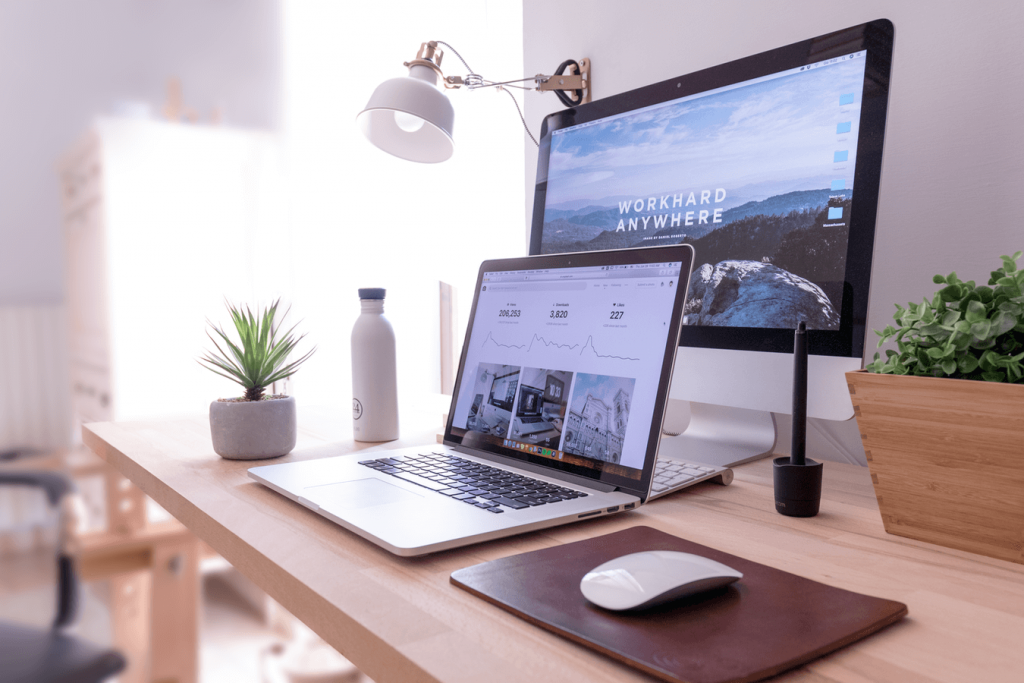2020 and, more precisely, the pandemic has forced us to press pause and take stock of many aspects of our lives, including where we work and learn. With working from home potentially becoming the new norm for many, the impact location can have on our productivity, ability to focus, learning and ultimately behaviour change needs exploring.
At Saffron, we’re obsessed with performance and evaluation and it’s been at the forefront of our methodology since our inception in 2000, the key to increasing performance is to achieve transference to behaviour change e.g. with an immersive location. Over the last few years, mobile learning has critically meant accessibility to learning is 24/7. But is that freedom of being able to learn anywhere and on whichever device advantageous or does a learner’s physical environment impact their ability to embed and apply learning?
Driving Learning Forward
The psychological link between physical environment and behaviour is not to be underestimated, with research having directly shown that the space around us has a profound impact on how we act or respond in certain situations. A study undertaken recently revealed that the interior design of tunnels does in fact influence driving characteristics. Different colour schemes and decoration inside tunnels, noticeably affected how safely the participants were driving. But what impact does this have on learning and development? Would learners perhaps respond or learn differently depending on where or how they consume their learning?
One of the most striking demonstrations of the influence of physical setting on behaviour is the Minneapolis Experiment, which found that crime in Minneapolis was concentrated to a few individual streets. When these ‘hot spot’ streets were heavily policed, the criminal activity was not displaced to other areas and as a result, the crime levels went down overall. This implies that physical location has the ability to influence whether or not an individual will commit a crime, which further solidifies the correlation between location and behaviour.
Recall verses application
This link between space and behaviour paves the way for an exploration of how physical environment relates to learning design, and how best to support learners. A 1975 study of scuba divers found that participants had stronger memory recall when they were tested in the same environment in which they had studied. For example, the divers who had memorised information in water were able to recall information more accurately if submerged in water than on dry land. Our ability to learn effectively is dependent on context and the embedding and application of learning is linked to physical location. Therefore, if you want a group to learn new skills or information, you don’t just need to focus on how the learners acquire this knowledge, you also need to consider where they learn.
But as with any learning initiative, the target population being able to ‘recall’ information learned isn’t enough. They need to be able to apply their learning and utilise it to achieve the desired outcomes. So, how can we take these studies and their findings and repurpose them to create a foundation of learning design, but also broaden their results from ‘recall’ to actual ‘application’.
Acquisition Roadblocks
The previous examples may appear concerning to some organisations considering that Covid-19 restrictions can limit our access to different physical spaces. Although much of the workforce has been able to transition to working from home, not all employees may have home environments that are healthy and conducive to learning. Furthermore, any new starters being onboarded remotely may struggle to develop the necessary workplace skills at home or to apply them when returning to the office.
Locating a solution
Perhaps the solution can initially be addressed with two separate approaches. The first, using a scenario-based approach to create an immersive ‘location’ and designing an experience within that. The second, is enabling workforces to learn whilst they are in the workflow, where the learning environment becomes both the location that the learning takes place in as well as where it is applied.
Scenario-based learning and interactive storytelling stimulates emotions and increases knowledge retention by building experiences and allowing learners to develop workplace skills in a risk-free environment that mimics the actual workspace.
Not only is scenario-based learning a great tool for office workers, but it has also been used in medicine, aviation and the armed forces to train individuals in complex practical skills whilst simulating an emotion-rich and high-pressure environment. Scenario-based courses allow learners to rapidly build skills, working through a realistic decision-making process and then seeing the consequences play out in a safe, life-like setting. This is where bespoke learning that addresses the learners’ concerns – allows them to explore different consequences of decisions they make – really makes an impact.
This type of training draws on context-specific memory and mentally links learning to the workplace, encouraging the retention and application of crucial decisions. Using an understanding of behavioural science to create these scenarios and increasing curiosity; allowing the learner to explore and re-play scenarios all adds up to a “live environment” experience, where emotions are felt and acted upon. Scenario based learning wins hands down with soft skills training.
Simultaneous acquisition and application
However, there is no doubt that ‘learning in the workflow’ or ‘point of need’ tools are twinning location and active application of learning to the highest degree. Here, the learners don’t learn with a simulation, they learn whilst using the tools they will use on a daily basis. Using tools such as Saffron eaSe, enables learning and practice in the live environment of the individual’s workspace, increases muscle memory and eases cognitive stress, makes the headspace for learning interventions even more achievable and truly increases performance.
Location: physical or theoretical?
So even if an individual is using the ironing board as a desk; immersive scenario-based learning or learning in the workflow can transcend learners beyond their location, ultimately creating an adaptable and resilient workforce that can work efficiently and effectively from anywhere.
Struggling with getting the most out of your workforce in the current climate? Give us a shout and we can help accelerate skills acquisition and increase user adoption.






